 With the arrival of the Honda Jazz, is the Skoda Fabia’s segment supremacy in jeopardy? Can Bunny Punia and Monica Thakkar agree to disagree?
With the arrival of the Honda Jazz, is the Skoda Fabia’s segment supremacy in jeopardy? Can Bunny Punia and Monica Thakkar agree to disagree?
Photography Sanjay Raikar

Â
Gone are the days of the humble hatchback. Skoda heralded the age of well appointed and upscale compact cars with the Fabia that won over masses looking for sedan like space and comfort in the body of a hatch. Since its debut, the Czech mini has had a pretty good hold on its segment. Circa 2009, along comes the latest supermini from Japan, the Jazz, with clear intentions of one-upping the Fabia. Though not specifically targeted towards the fairer sex, this little Honda (known as the Fit in non-European countries) has the highest percentage of women buyers overseas. CAR India’s Monica and Bunny give a different spin to this comparison.
SHE: Before the release of the Jazz, Honda’s presence in India’s hotly contested small car segment was sorely missed. The Japanese firm finally realized what was needed and decided to introduce a new age supermini that’s bigger inside than out! The Jazz that debuted here is the second generation model of Honda’s five-door Fit hatchback. From the front, the Jazz’s black grille is flanked by large, higher set headlights that blend nicely into the lines of the sloping bonnet. The thinner A pillar is steeply angled and has been moved forward in the interest of increased interior space. Side on, the sharply raked nose in combination with the high roofed design contributes hugely to the Jazz’s sporty appearance. The car’s styling in the back is pretty standard except for the sudden drop in the roof line behind the rear door (D pillar!). In my opinion, this little Honda is a clever wagon/hatch package with sharp edges that give it a distinctive appeal.
HE: Hold it. I feel it’s the Fabia that has truly justified its tag of being a premium hatch and even the quintessential Indian supermini. Being chic and sharper isn’t to my taste. The classic European look combined with a bolder design and chunky looking alloy wheels lend a sporty character to the Skoda. At the same time, there are a few angles, like the rear three quarters that add a touch of cuteness and cheekiness. On the inside, there is no way the new Jazz can stand a chance. The rich looking black and beige interiors are in a completely different league all together. Every penny that you spend on this car seems worth it. The quality of plastics used is terrific and when you have features like a sunroof, an armrest for the driver and an air-cooled glovebox, do you really want to end up behind the wheel of the Honda?

SHE: The Skoda does prove superior when it comes to the quality of the interior trim. It’s hard to find fault with the Fabia’s cockpit except for the light coloured seats which I am sure will take a beating, attracting dirt and grim within weeks. Although there is a touch of hard plastic on the Jazz, the Honda’s longer wheelbase of 2500mm (against the Fabia’s 2462mm) has freed up a lot of space on the inside. The cabin is neat and airy with remarkably good head and rear knee room. The Jazz can comfortably accommodate five adults – perfect for a night on the town with the gang. You must know women have a great eye for detail. Honda has managed to assemble an ingenious instrument panel layout and, in my opinion, the Jazz’s dashboard is almost as impressive as the Civic’s. The stylish subcompact’s large three-meter cluster is easy to decipher and displays various relevant information including fuel consumption, range, meters, etc.
The steering wheel with audio controls is fully adjustable but the driver’s seat doesn’t have a height adjuster (the Fabia wins brownie points here) which means most short drivers might have a hard time driving the Jazz.
As you know space management remains Honda’s trump card (Man Maximum – Machine Minimum principle). The Jazz’s cabin has cubby holes everywhere. Perfect! Well, girls are more complicated; sun block, lipstick, compact, eye shadow, nail colour, tissues, perfume, purse, cell phone(s). Even without collapsing the rear seats, the Jazz’s luggage carrying capacity is class leading in this segment. The standard 366 litre boot capacity extends to 1320 litres with the 60:40 split rear seats folded to the floor. The car’s innovative seat design allows you to fold down or fold up the rear ‘magic seats’ creating a large platform in the back for cargo. It can all be done in one fluid motion: just flick the latches on the rear seatbacks and they collapse forward. Alternately, fold the bottoms of the rear seats up to create additional space. All this plus a five star rating for safety in front end crash tests from the National Highway Traffic Safety Administration.
HE: Well, I do agree that the Jazz’s interiors can be summed up in three words. Functional. Practical. Versatile. The number of cubby holes in this car really surprised me. The music system sounds decent enough with four speakers (shockingly, the Fabia gets only two!) But again, there are a few shortcomings like the dated manual air recirculation knob and the overall plastic quality that frankly should have been better on a car that sells for over Rs 8 lakh on the road. Let’s talk about what Honda is known for around the world. The Jazz’s 1.2-litre has to be one of the most refined and smooth motors I have come across recently. It is hardly audible inside the cabin. Equipped with Honda’s famed i-VTEC gadgetry and variable valve management system, the car develops a very impressive 90PS of power. For an engine of this capacity, acceleration and top figures are impressive. The Jazz takes just over 13 seconds to get to a hundred from standstill, going on to hit a maximum speed of over 165km/h. However, the flaw here is with the development of peak torque of 110Nm at a very high 4800rpm. This would have translated into a weak bottom end but courtesy the short gearing; I can easily drive the Jazz in the top gear at slow speeds in city traffic without any hassle. Also, below 2100rpm, one of the intake valves is shut, which helps improve low end response as well as efficiency. The Jazz feels at home for puttering around in city traffic but in case you have your entire family on board with the air-con running, you still end up using the gearshift often. 
SHE: But I feel the Fabia is no different. It generates a full twenty horses less than the Honda doesn’t it? No doubt, the Skoda’s maximum torque is higher and comes at a relatively lower 3000rpm, but if you are an enthusiast, the Fabia with its lazy 19 second dash to hundred can be a letdown.Â
HE: Yes, both cars have shortcomings from their respective engines here. The Fabia might lack in outright power, but I feel it makes up for that in the way it handles. It is a delight around curves or even tight corners. The suspension is set up for handling rather than outright comfort and the tyres don’t give up easily. Remember the way I literally flew past you in the morning when the Jazz you were driving had its tyres screaming in agony!
SHE: Does that really matter here? Do you think all that owners care about is racing on weekends? I personally would want to have a car that’s fuss free to drive and comfortable on the move. The Jazz is as typical as a Honda gets. The steering feel is super light, and the suspension, though slighter on the stiffer side still feels much better over bad roads compare to the Fabia. This is the car I would want (and love) to drive every day. However, I was shocked when it touched its underbelly over a speed breaker last night. That too with just me and two of my friends on board.
HE: Don’t worry about that. All Hondas in India, barring the CR-V, have that issue. But yes, the Jazz does feel agile and easy to drive. It has that relaxing feel associated with Hondas. But I want a car that can also be exciting once in a while. And don’t forget that the Fabia feels very planted and reassuring even at speeds of over 130-140km/h. The steering feel might be heavy, but you need that for enthusiastic driving. Frankly, I was looking forward to the Jazz ever since the first news about Honda’s serious plans of getting it here came out. But what I can’t wrap my head around is the car’s hefty price tag. And it’s not just my opinion. Surf the net for what car buffs as well as prospective buyers have to say. I mean paying Rs 7 lakh (ex-showroom) for a hatchback and still missing out on goodies like alloy wheels, fog lamps, sunroof or even lights for the vanity mirror is a strict no-no. Keeping the price aside, I agree that the Jazz is a contemporary machine. It has almost all the virtues that one expects from a premium hatch. Get the price into the picture, pit it against its main competitor the Skoda Fabia and you realize what I am trying to say. 
SHE: Agreed. The Honda Jazz might not be the best value buy in India right now but remember, Honda has always demanded a premium for their cars (case in point, the new City) and customers are willing to shell out the extra dough on them. Add to the equation, Honda’s legendary reliability, a gem of an engine (though I wish it had more low end punch) and probably a much better resale value four to five years down the line and suddenly, the price difference doesn’t seem too much. Yes, I know stuff like alloy wheels and a sunroof means a lot to you guys but there are potential buyers for a car like the Jazz. Of course that doesn’t mean the Fabia loses out, even the Skoda’s fully loaded variant will still save you a cool Rs 1.5 lakhÂ
HE: I guess it’s a toss-up between which of these two compact cars can be crowned the overall Indian premium hatch maven. The Jazz’s price can go against it and surely, the reigning king in this segment won’t go down without a fight. Tell you what, let’s take several categories that are relevant for a typical hatch buyer, tally up our individual points out of ten for each and see what the score sheet looks like.

Â
Â
Â



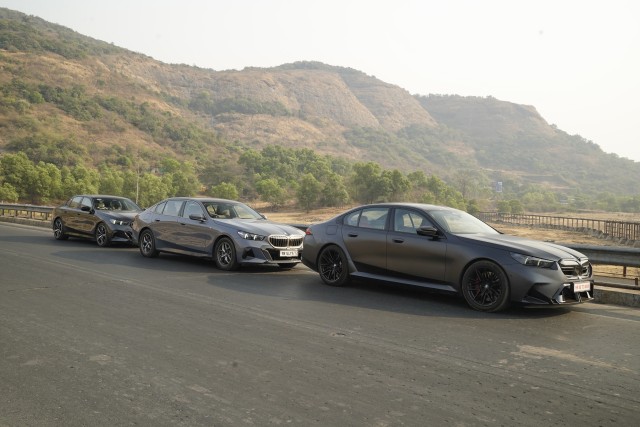
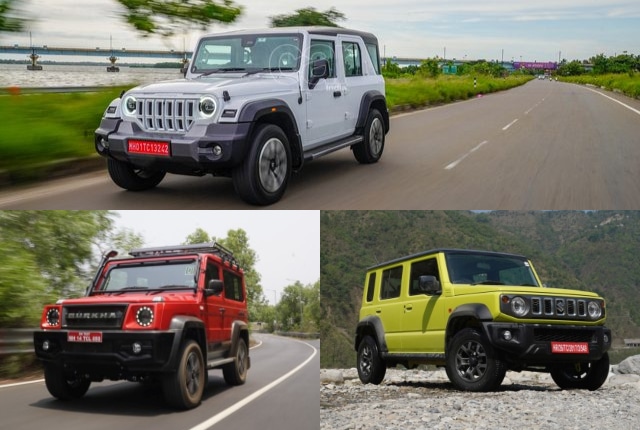

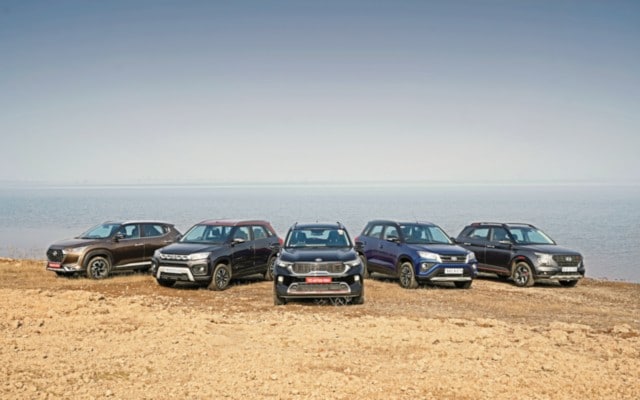
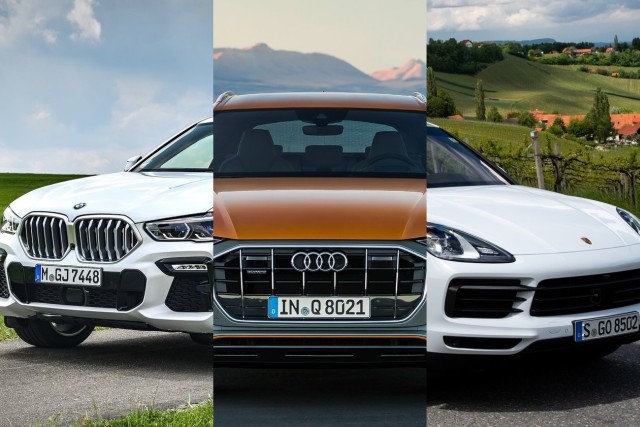
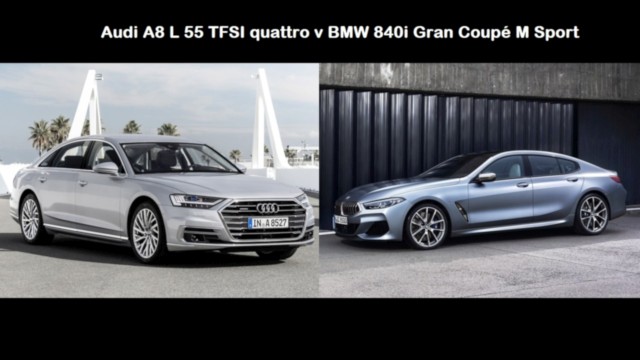
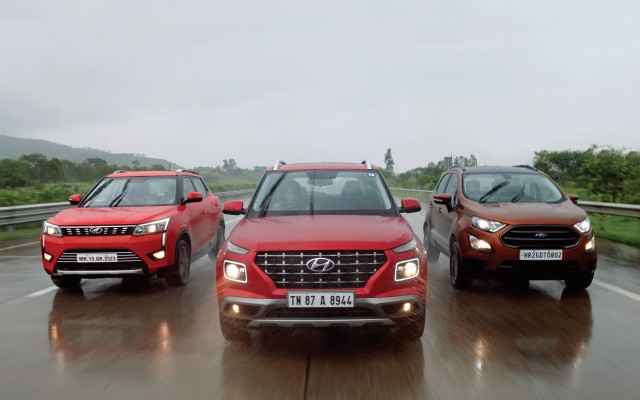
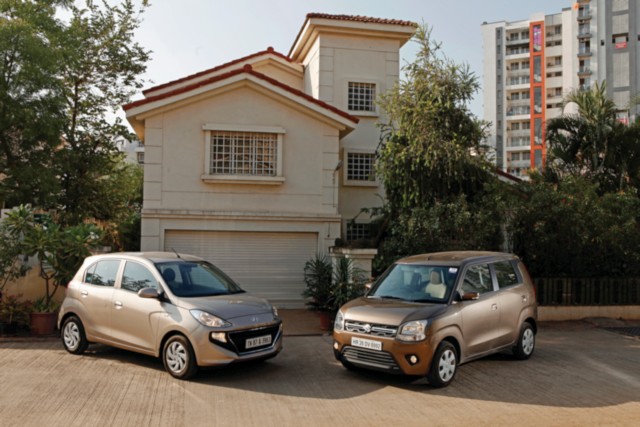
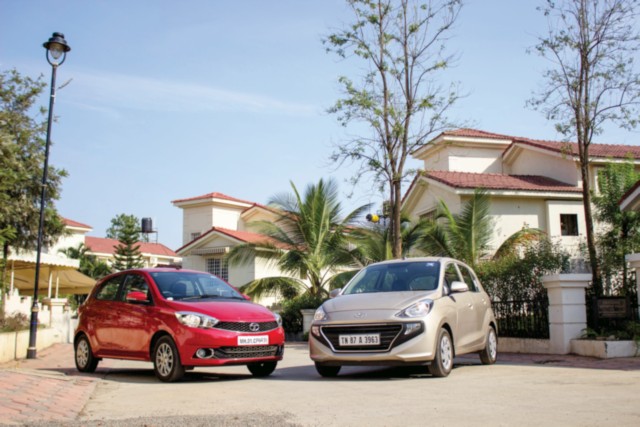
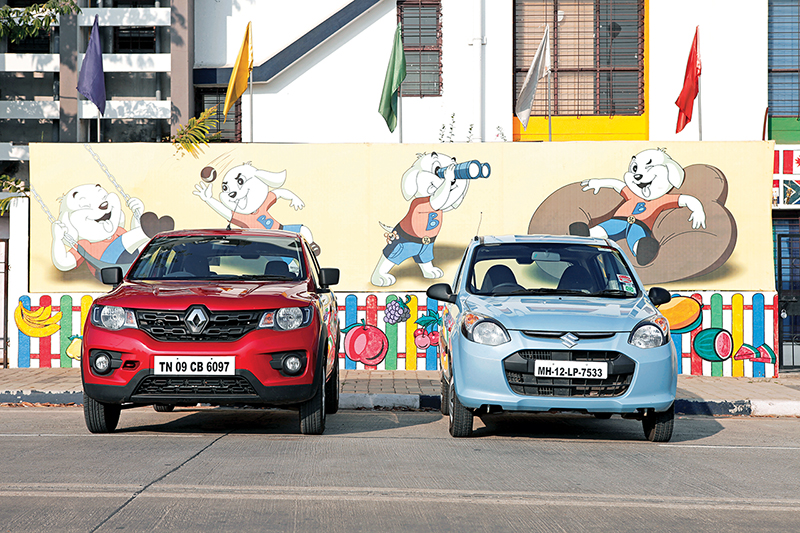
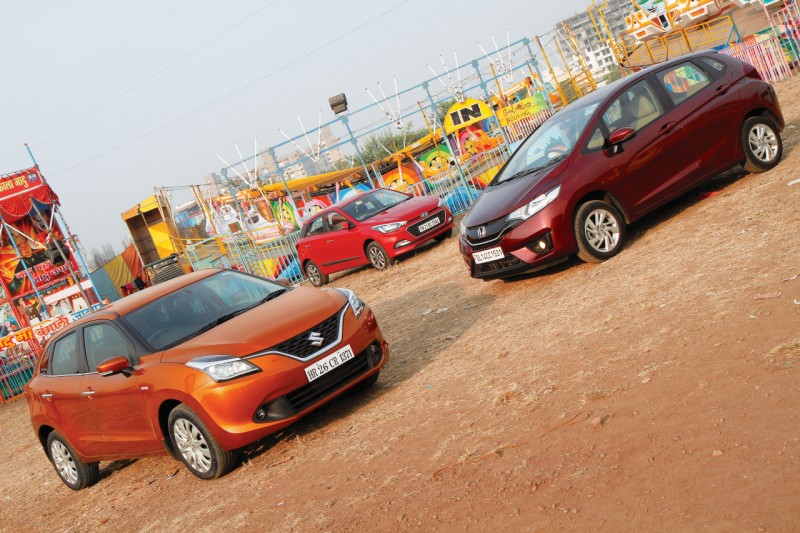

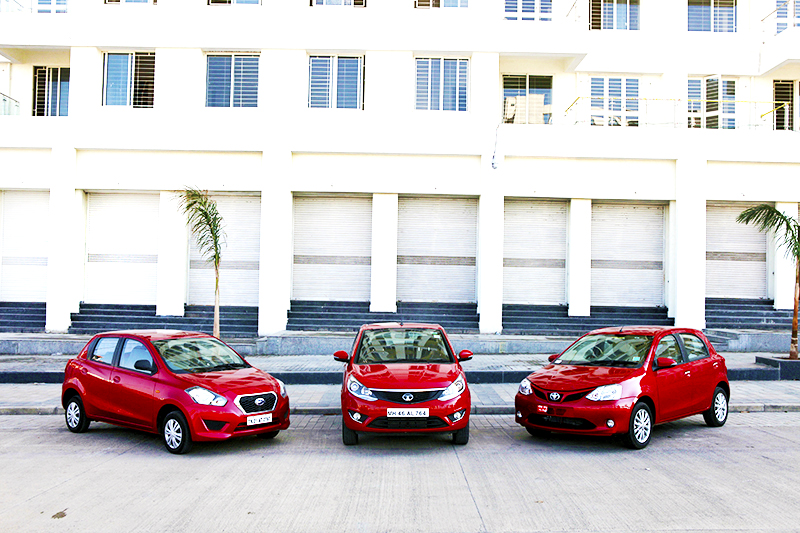
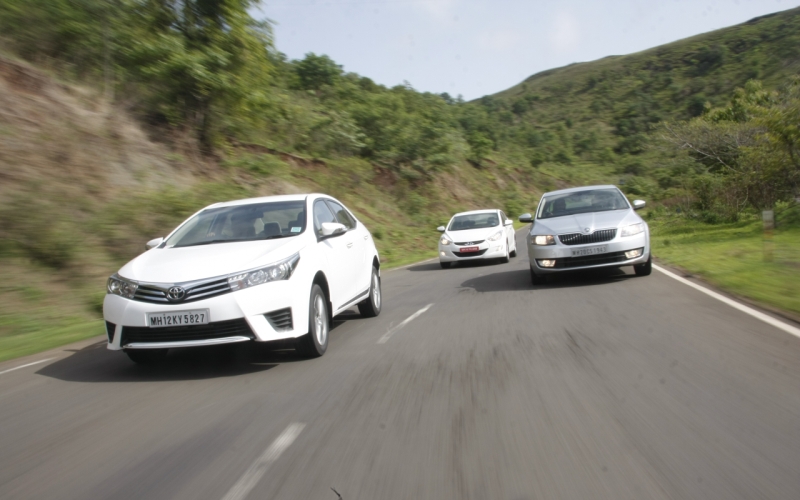
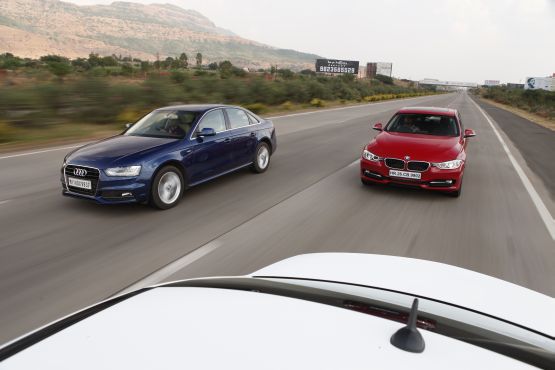




Leave a Reply